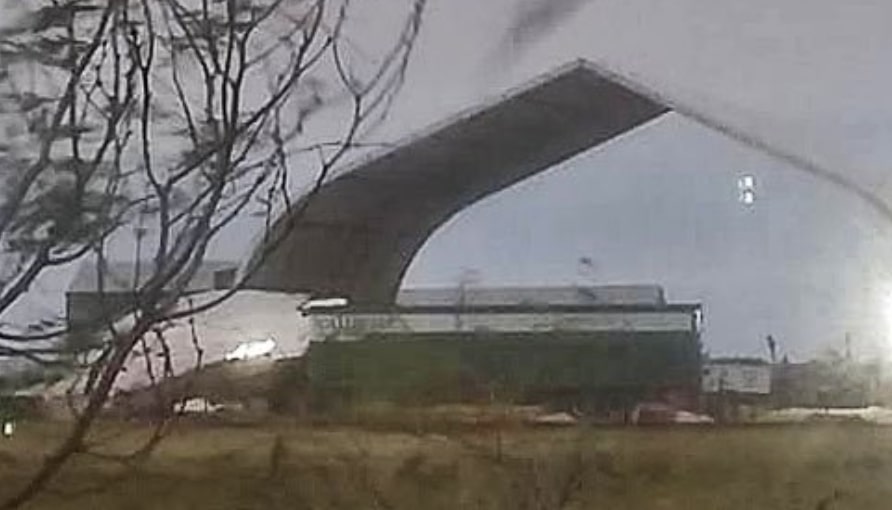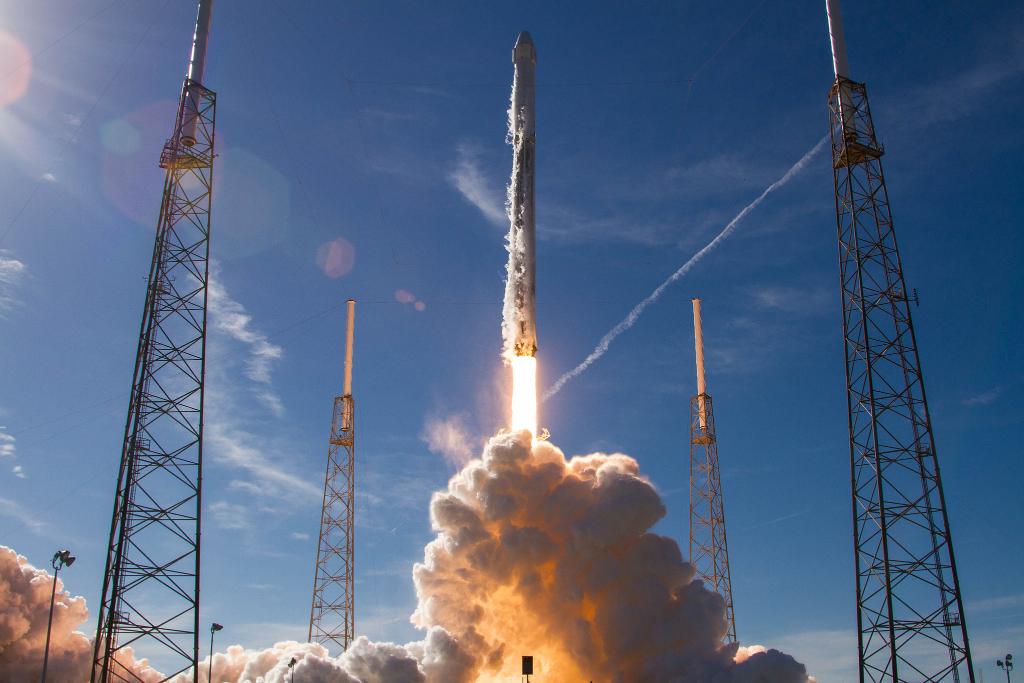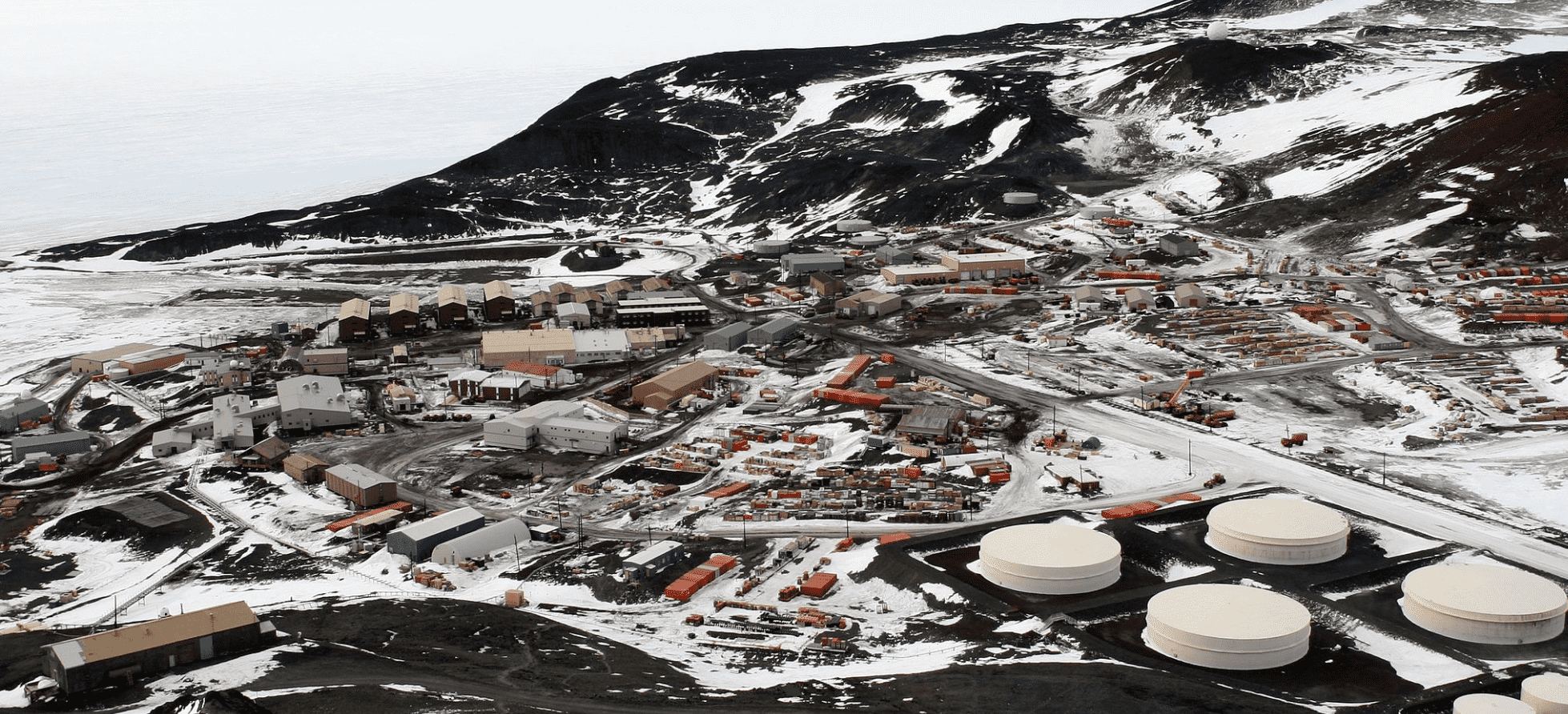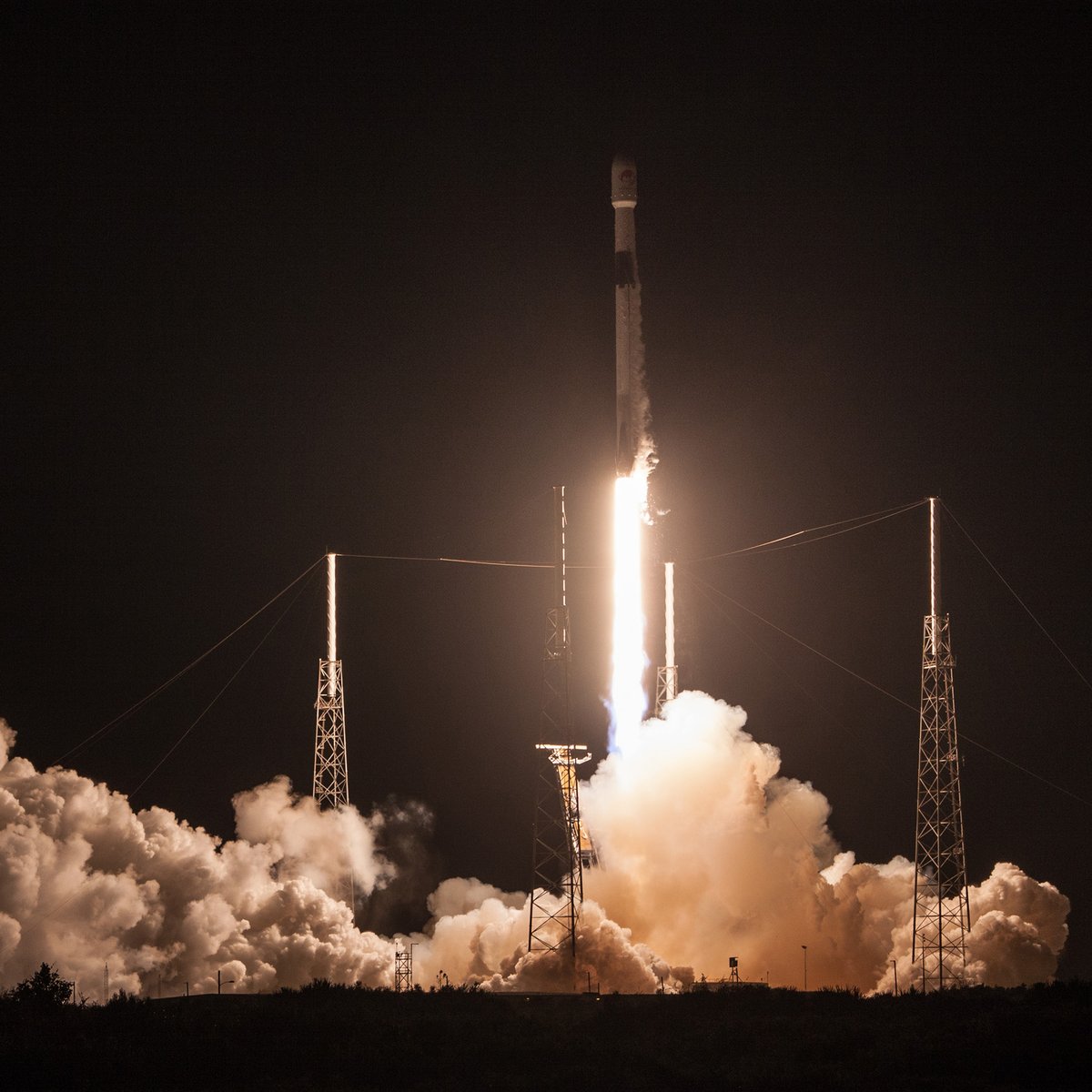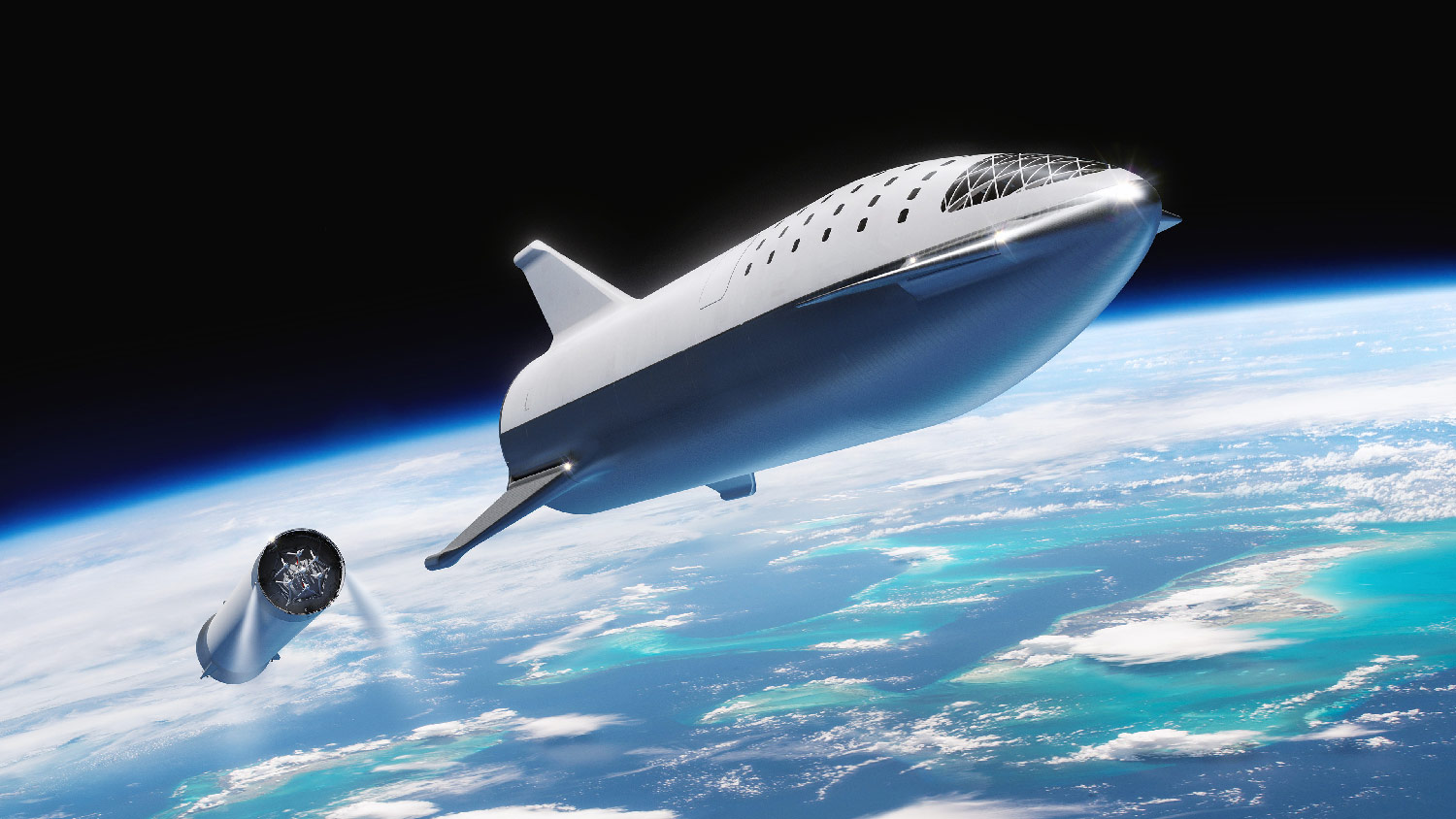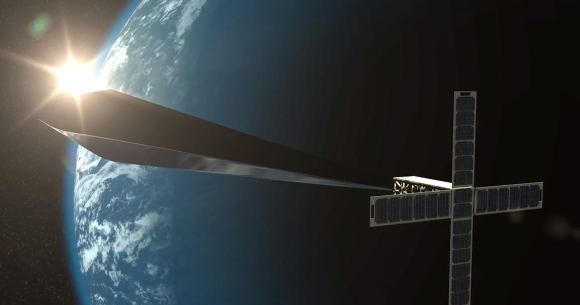When you go on a camping trip, when is it really tough? When are you really roughing it?
It is really tough if there is no supply store and no facilities at the place you are going. If you have to bring everything with you in your car then that makes it tougher.
If there is a gas station, running water and cabins for rent, then it becomes more like a rest stop on the highway.
The moon is a continent-sized place that is cold and difficult. The Moon has frozen ice. What do we do when we seriously want to research a remote continent-sized place that is cold and difficult. The example of that is Antarctica. Antarctica has McMurdo Station and dozens of other research stations.
Continue reading “Building Gas Stations and McMurdo Scale Outposts on the Moon”

